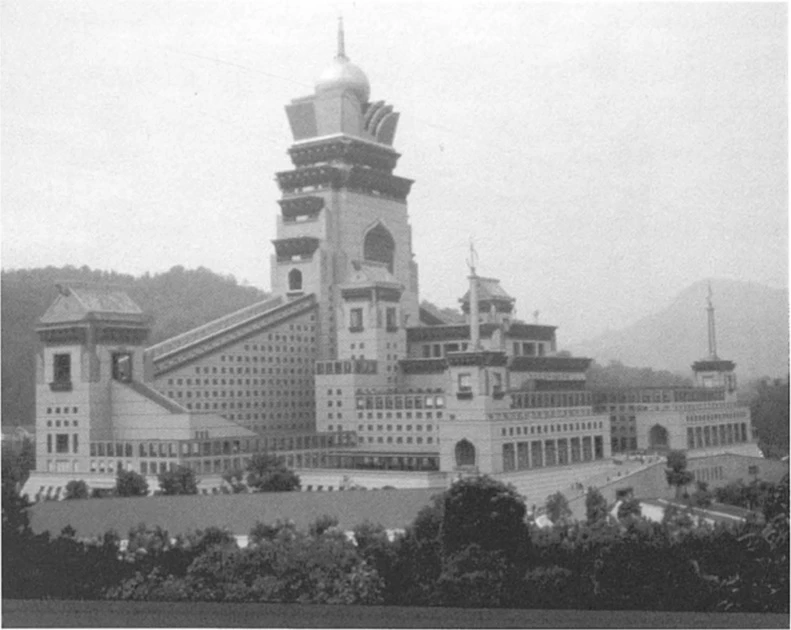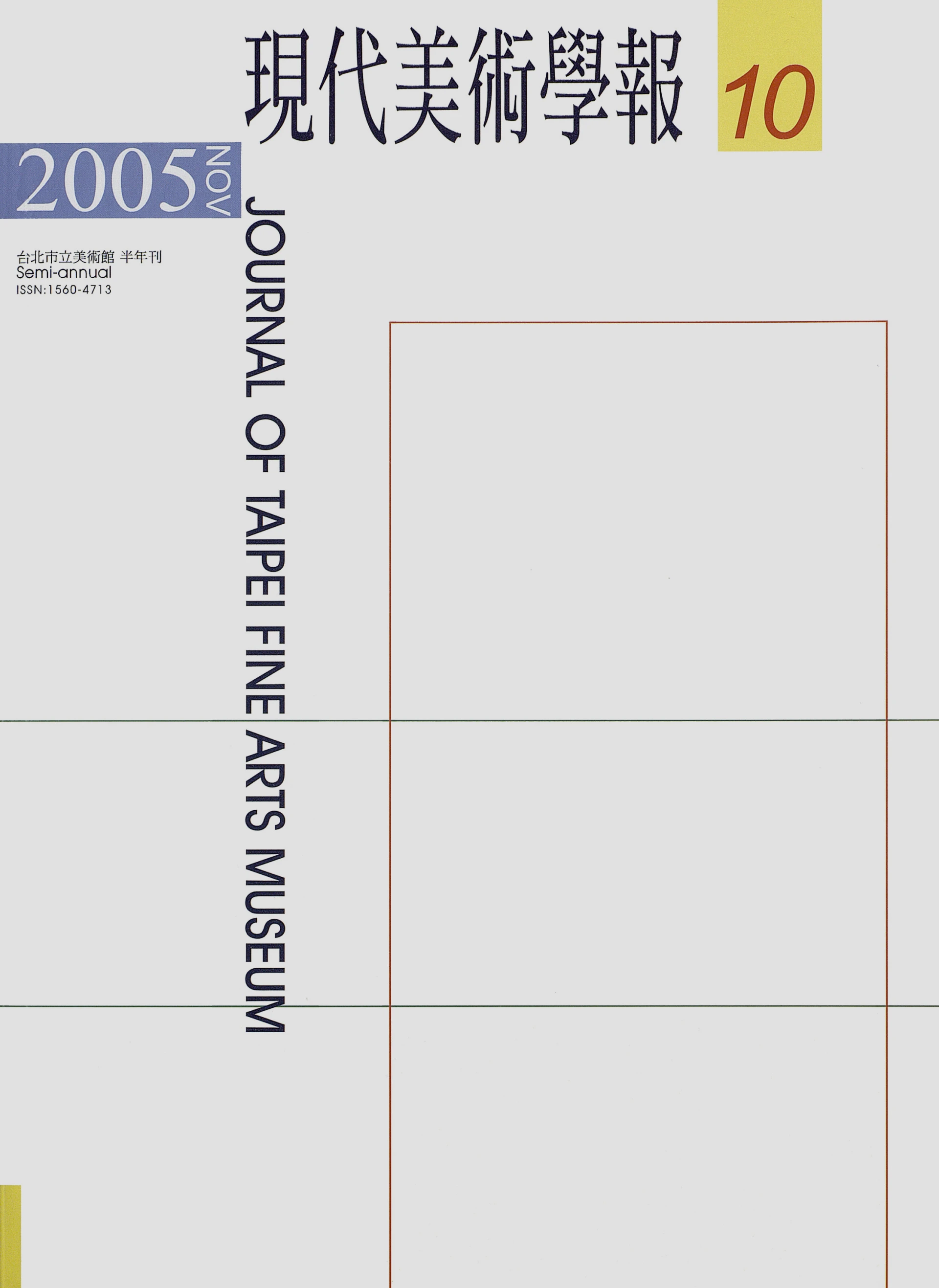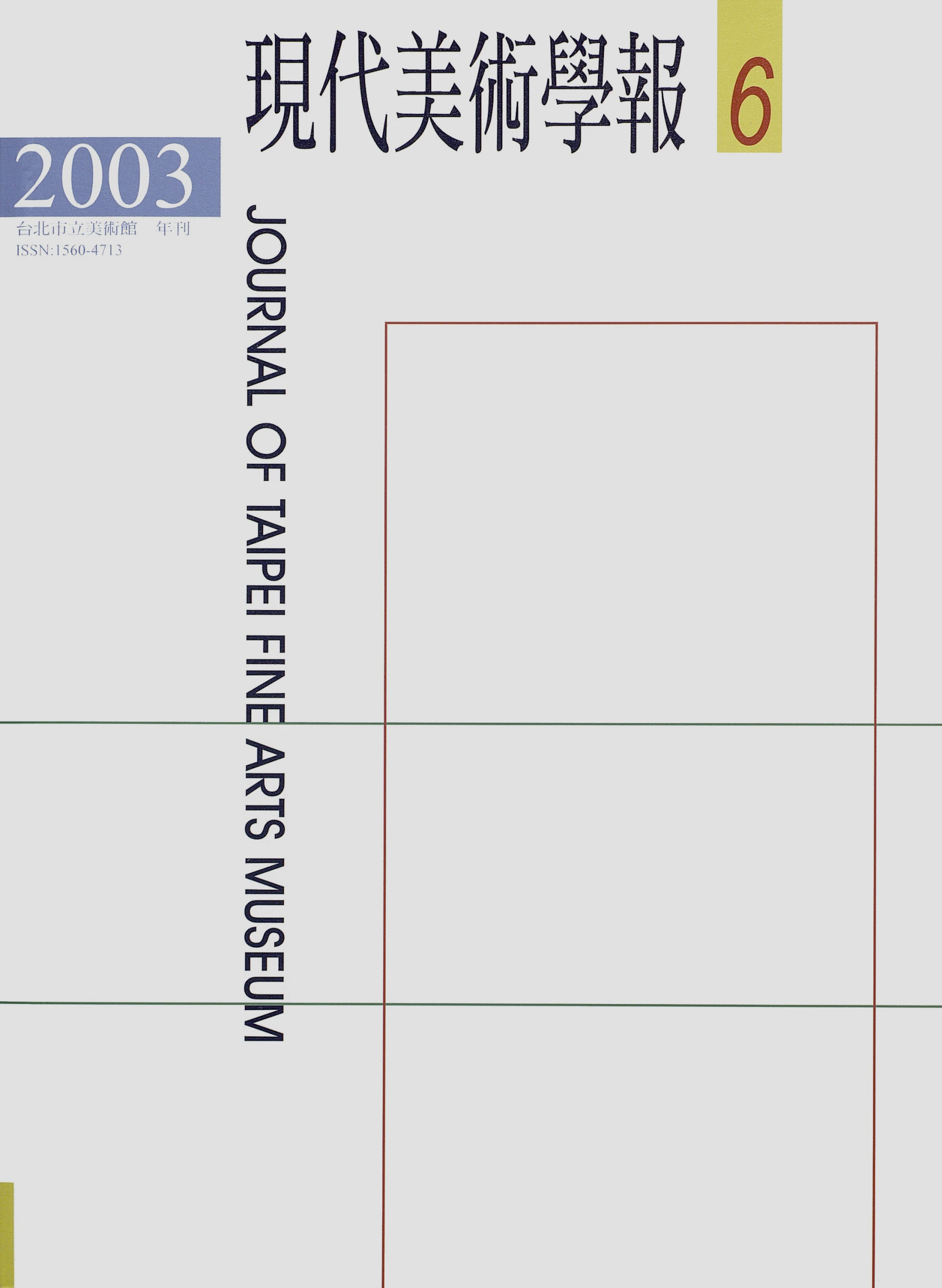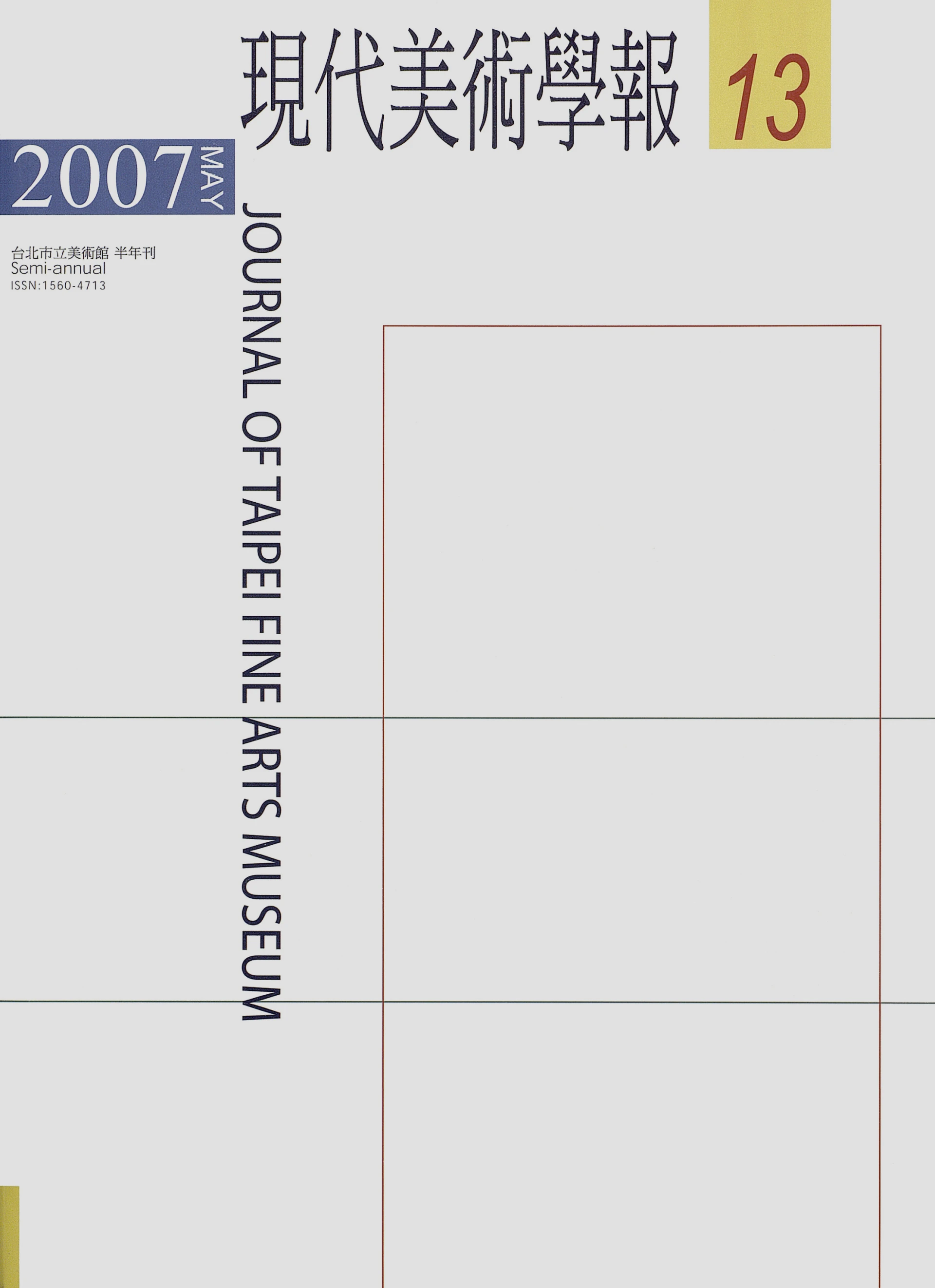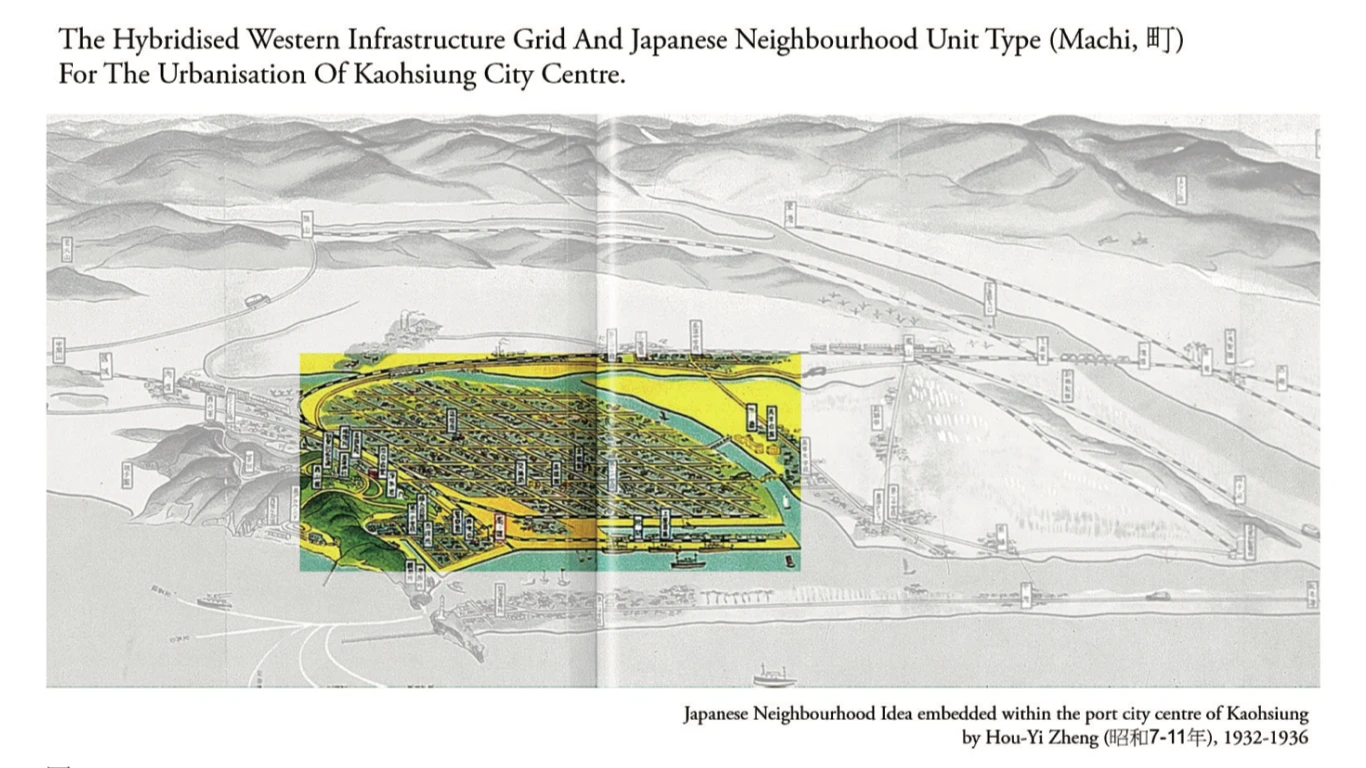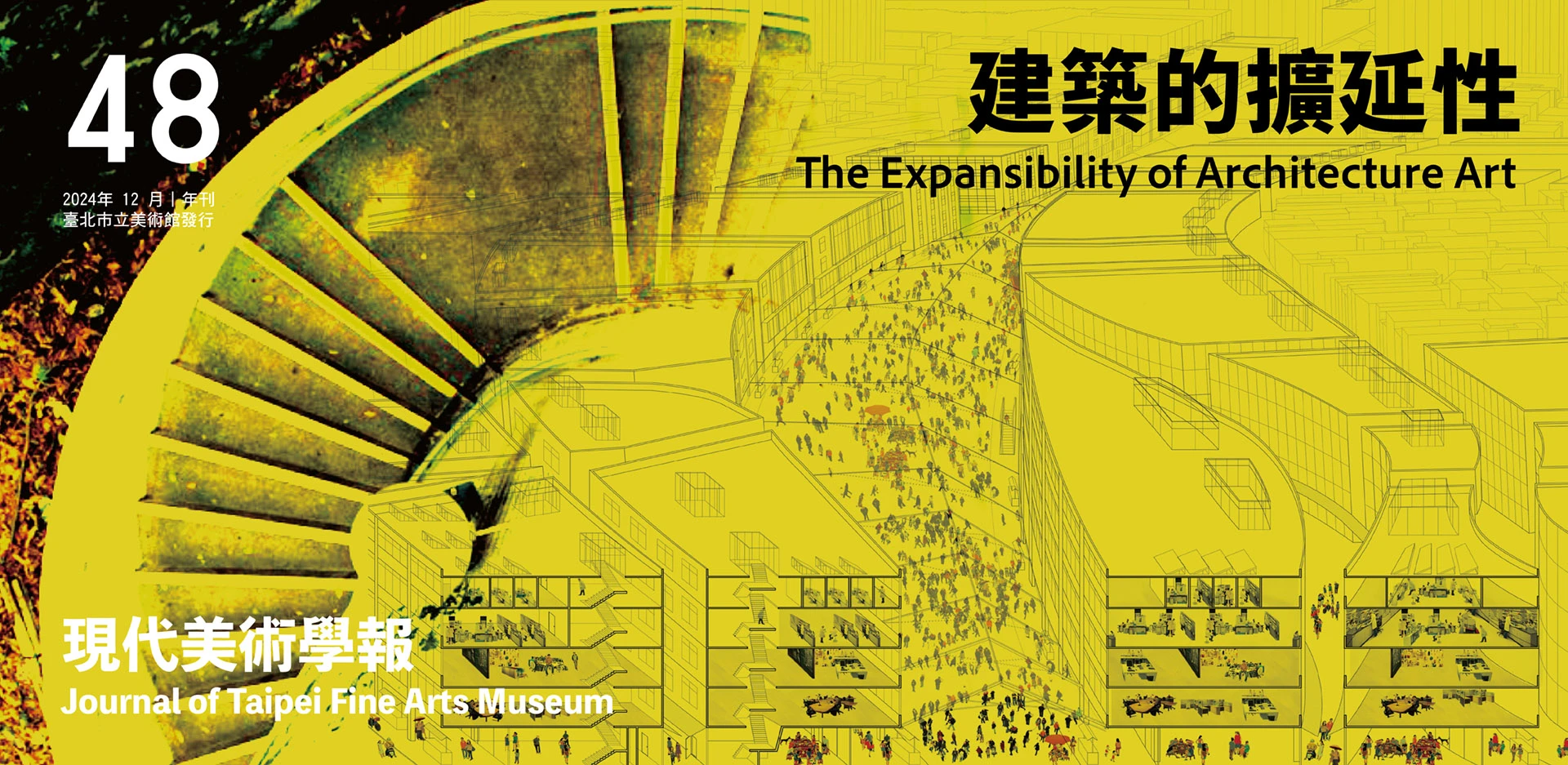摘要
在數位時代裡,「電影是什麼?」這個問題必須以一種新的、有趣的方式看待,因為在電影理論史中,第一次「攝影」作為電影的基本「再現形式」遭受到挑戰。150年來,攝影的物質基礎、電影的物質基礎都被認定是一種記錄影像的機械過程(亦即,光線反射到一個感光的化學表面上)。甚至,關於攝影、電影媒體的再現本質的論點都是直接從基本的攝影/電影攝影過程推論而來的。如今,數位化過程開始逐漸取代類比過程,電影的攝影本體論也無法適用於數位影像,因為與類比式再現(有一個原始的影像存在)不同的是,數位化的再現完全源自於數據的操作。有鑒於此,本文從「流形」的概念出發,援引曼諾維奇、羅多維克、艾爾莎索爾與漢傑等當代數位媒體理論學者之論述,探究後電影時代中活動影像的本質與內涵。
關鍵詞
後電影、流形、資料庫、活動影像
Abstract
The emergent digital era has pushed a significant question –– what is cinema? –– in a new and interesting direction. For the first time in the history of film theory, the photographic process has been challenged as the fundamental basis of cinematic representation. For 150 years, the material basis of photography and film has been defined by the mechanical recording of (moving) images via the reflection of light on a sensitive chemical surface. Additionally, the representational natures of photographic and filmic media were deduced from the basic photographic or cinematographic processes. However, today's digital processes have replaced analogue representations and forced a fundamental transformation in virtual representations based on the manipulation of data. To this extent, this paper attempts to examine the essence and substance of moving images in the post-cinematic era by applying the discourses of Lev Manovich, D. N. Rodowick, Thomas Elsaesser and Malte Hagener from a contemporary point of view.
Keywords
Post-cinema, figural, database, moving image

